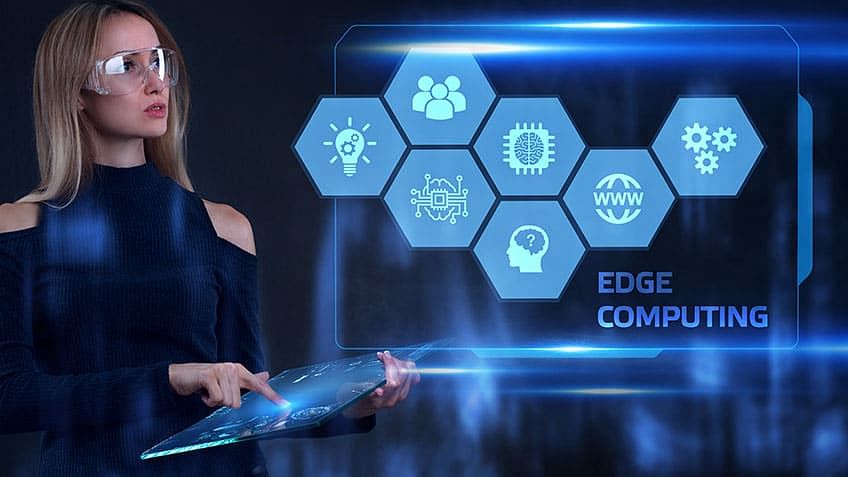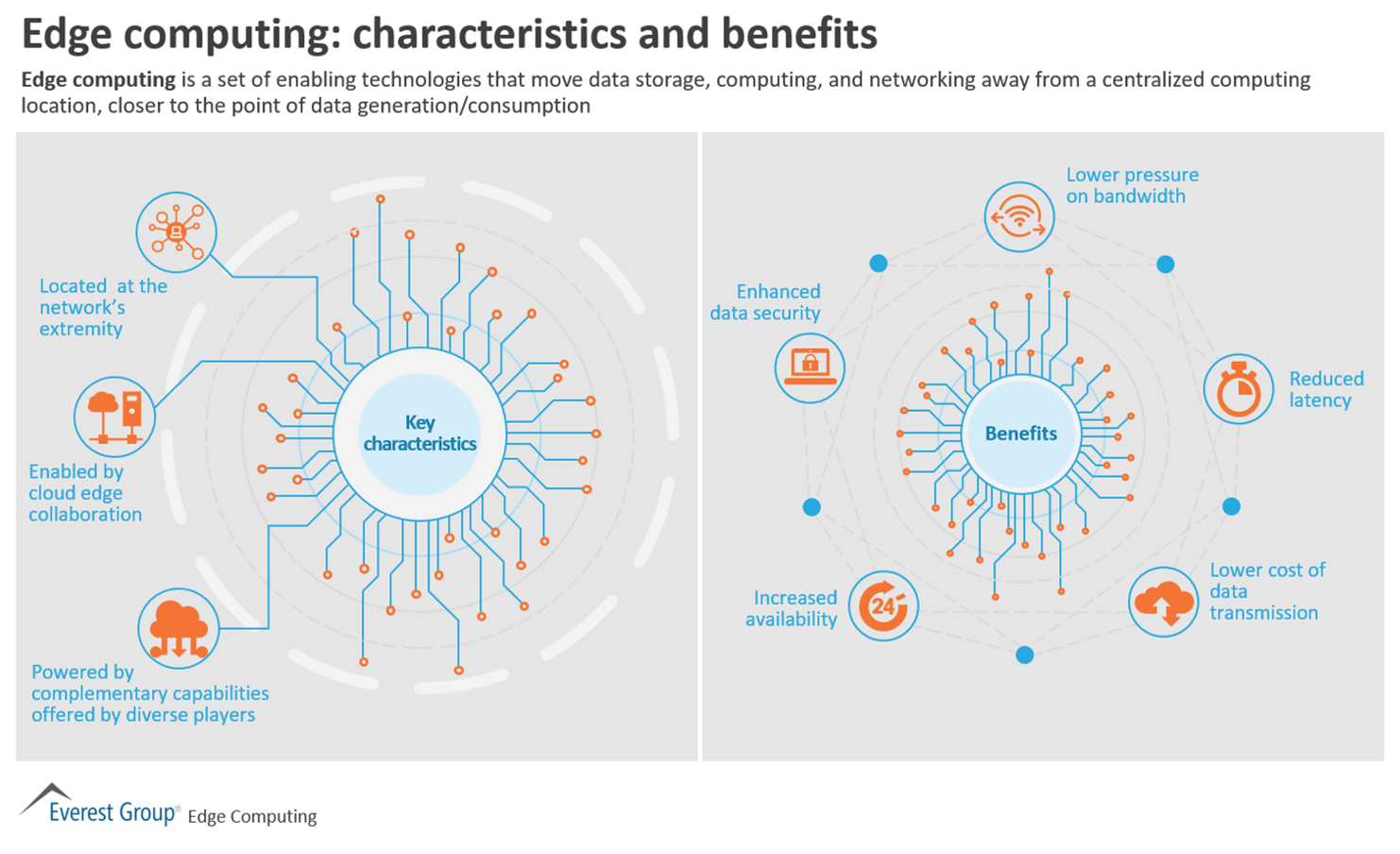characteristics of edge computing

#image_title
Edge computing technology is growing rapidly and it’s becoming increasingly popular among various industries. Innovations in technology have provided innovative solutions in many fields, and edge computing is one of them. In this article, we are going to delve into the definition, characteristics, and use cases of edge computing in the modern world.
Edge Computing: Definition
Edge computing is defined as a computing system that processes and analyzes data closer to the source. It is a method of outsourcing data processing, storage, and analysis to the edge of the network, rather than having it all done in a centralized location or the cloud.
The term “edge” refers to the physical location of the devices that process data in edge computing. This technology utilizes small, portable, and remote computing devices located at the edge of the network infrastructure, close to where data originates from. These computing devices may be connected or disconnected from the central cloud network, depending on the use case or application.
Characteristics of Edge Computing
One of the main characteristics of edge computing is its ability to process data in real-time. This means that data is analyzed as it arrives, rather than being stored in a centralized location, which can cause latency issues.
Low Latency
Edge computing provides low latency processing, which refers to a delay in the processing of data. This is achieved by reducing the time it takes for data to be sent to a centralized location and back to edge devices. This is particularly important in industries such as healthcare, finance, and gaming where real-time decision making is crucial.
Bandwidth Efficiency
Another characteristic of edge computing is its ability to reduce bandwidth consumption. Rather than sending all data to a centralized location, edge devices process data and selectively transmit only relevant data to a centralized location for further processing, storage, and analysis. This helps reduce the amount of data that needs to be transmitted, thus reducing the amount of bandwidth required.
Edge Computing: Use Cases
Edge computing can be used in a variety of industries and applications. Here are some potential use cases for edge computing:
Healthcare
Edge computing can be used in healthcare to provide real-time monitoring and analysis of patient data. With the help of wearable medical devices, data can be monitored and analyzed in real-time, alerting healthcare professionals of any abnormalities before they become life-threatening.
Edge computing can also be used in medical research, where large amounts of data are analyzed to develop new treatments or improve existing ones. By processing data at the edge, this can reduce the time it takes to get results back and take action accordingly.
Retail
Retail companies can use edge computing to provide real-time inventory management and customer analytics. By analyzing data as it is generated, retailers can provide more personalized offers and provide real-time inventory management of their stores.
Edge computing can also be used in retail to provide real-time monitoring of customer interactions in-store. This includes monitoring foot traffic, stop rates, and sales data. This data can then be used to optimize store layout, product placement, and marketing campaigns.
Smart Cities
Edge computing can be used in smart cities to provide real-time analysis of data from sensors in the city. This includes data from parking sensors, air quality sensors, and traffic sensors, among others. By analyzing this data at the edge, city administrators can make real-time decisions about how to improve the city’s infrastructure and services.
Industrial Manufacturing
Industrial manufacturing companies can use edge computing to provide real-time monitoring and analysis of their equipment. This includes monitoring the performance of industrial machinery, identifying potential issues, and scheduling maintenance in real-time. By analyzing data at the edge, this can help reduce downtime and improve overall equipment effectiveness.
Transportation
Edge computing can be used in the transportation industry to optimize routes and minimize delays. By analyzing data in real-time, transit companies can adjust their routes to avoid traffic congestion, providing passengers with a more efficient and reliable service.
Conclusion
Edge computing is a growing technology that is changing the way data is processed and analyzed. With its ability to provide low latency processing and enable real-time decision making, edge computing is finding its way into various industries and applications. By utilizing edge computing, businesses and organizations can optimize their services, reduce downtime, and provide their customers with a more efficient and personalized experience.

Source image : www.simplilearn.com

Source image : www.everestgrp.com
Source image : www.researchgate.net


